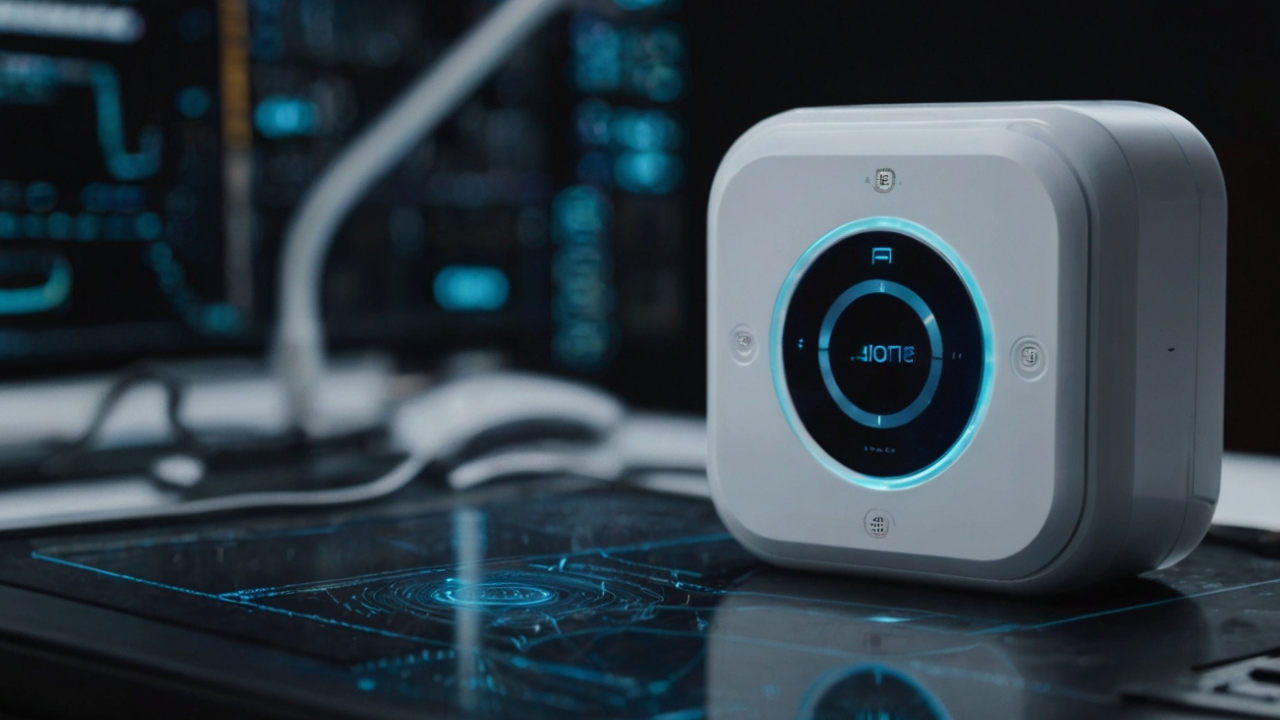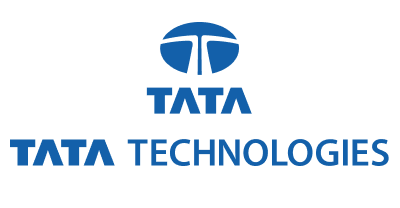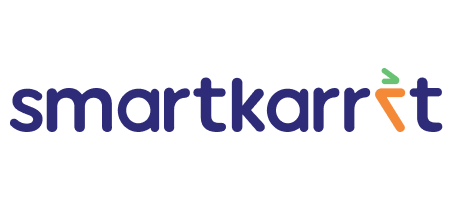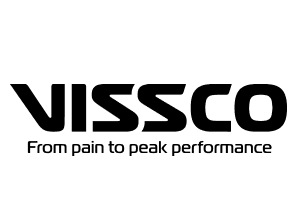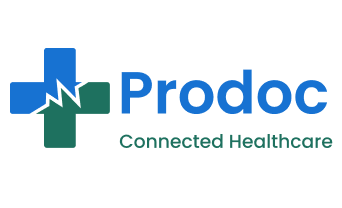Key Takeaways
| Fact | Details |
|---|---|
| Market Growth | The global IoT market is expected to reach $1.1 trillion by 2026. |
| Device Connectivity | By 2025, there will be over 75 billion connected IoT devices worldwide. |
| Cost Reduction | Companies can reduce operational costs by up to 30% by integrating IoT solutions. |
| Consumer Demand | 70% of consumers are interested in smart products that enhance their daily lives. |
Real-World Stats
- A report from Statista shows that the number of connected IoT devices is projected to increase from 30 billion in 2020 to over 75 billion by 2025.
- According to McKinsey, companies that adopt IoT technology can see a productivity boost of up to 20%.
What is IoT?
The Internet of Things (IoT) refers to the network of physical objects—like devices, vehicles, appliances, and even buildings—that are embedded with sensors, software, and other technologies to connect and exchange data with other devices and systems over the internet. Imagine your refrigerator telling you when you’re out of milk or your thermostat adjusting the temperature based on your habits. That’s IoT in action!
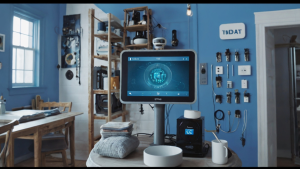
Why Integrate IoT in Product Development?
Integrating IoT into product development offers numerous benefits. Here are some key reasons why businesses should consider it:
- Enhanced User Experience: IoT allows for personalized experiences. For example, smart home devices can learn user preferences and automate tasks accordingly.
- Data-Driven Insights: Collecting data from connected devices helps businesses understand customer behavior and improve their products.
- Improved Efficiency: Automation of processes through IoT can lead to significant time and cost savings.
- Competitive Advantage: Companies that leverage IoT can differentiate themselves in the market by offering innovative solutions.

Opportunities in Integrating IoT
1. New Revenue Streams
Why It Matters: IoT opens up new business models and revenue opportunities.
- Subscription Services: Companies can offer subscription-based services for smart products, providing ongoing revenue.
- Data Monetization: Businesses can analyze collected data and sell insights to other companies.
2. Enhanced Product Features
Why It Matters: Adding connectivity features can make products more appealing.
- Remote Monitoring: Users can monitor their devices from anywhere, increasing convenience.
- Real-Time Updates: Products can receive updates automatically, improving functionality without user intervention.
3. Sustainability
Why It Matters: IoT can help companies become more environmentally friendly.
- Energy Efficiency: Smart devices can optimize energy usage, reducing waste.
- Resource Management: Businesses can track resource consumption and identify areas for improvement.
4. Better Customer Engagement
Why It Matters: Engaging customers through connected products fosters loyalty.
- Feedback Loops: Companies can gather real-time feedback from users to improve products.
- Personalized Marketing: Data collected from devices allows for targeted marketing efforts based on user behavior.

Challenges in Integrating IoT
While the opportunities are vast, there are also challenges that businesses must navigate:
1. Security Concerns
Why It Matters: With increased connectivity comes increased risk.
- Data Breaches: Connected devices can be vulnerable to hacking, leading to potential data breaches.
- Privacy Issues: Companies must ensure they are handling user data responsibly and transparently.
2. Technical Complexity
Why It Matters: Integrating IoT requires specialized knowledge and skills.
- Integration Issues: Connecting new devices with existing systems can be complicated.
- Maintenance Needs: Ongoing maintenance is necessary to ensure devices function correctly.
3. High Initial Costs
Why It Matters: The upfront investment for IoT technology can be significant.
- Infrastructure Investment: Businesses may need to invest in new infrastructure to support connected devices.
- Development Costs: Creating IoT-enabled products often requires additional development resources.
4. Regulatory Compliance
Why It Matters: Companies must navigate a complex landscape of regulations regarding data protection and privacy.
- Compliance Requirements: Adhering to regulations like GDPR or CCPA is essential but can be challenging.
- Evolving Standards: As technology evolves, so do regulations, requiring businesses to stay updated.
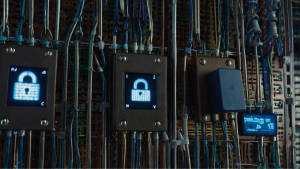
Steps to Successfully Integrate IoT in Product Development
To effectively integrate IoT into product development, consider the following steps:
1. Identify Business Goals
Why It Matters: Clearly defined goals help guide your integration strategy.Action Steps:
- Determine what you want to achieve with IoT (e.g., improved efficiency, enhanced customer experience).
- Align your goals with overall business objectives.
2. Choose the Right Technology
Why It Matters: Selecting appropriate technology is crucial for successful integration.Action Steps:
- Research different IoT platforms and solutions available in the market.
- Consider factors like scalability, security features, and compatibility with existing systems.
3. Develop a Prototype
Why It Matters: Creating a prototype allows you to test your ideas before full-scale implementation.Action Steps:
- Build a minimum viable product (MVP) that includes essential features.
- Gather feedback from users to refine your product before launch.
4. Implement Security Measures
Why It Matters: Protecting user data should be a top priority.Action Steps:
- Incorporate encryption and secure authentication methods into your devices.
- Regularly update software to address vulnerabilities.
5. Monitor Performance
Why It Matters: Continuous monitoring helps ensure your product meets user needs and performs well.Action Steps:
- Use analytics tools to track device performance and user engagement.
- Make adjustments based on collected data to improve functionality and user experience.
6. Stay Agile
Why It Matters: The tech landscape is constantly changing; being adaptable is key.Action Steps:
- Be open to feedback and willing to pivot your strategy as needed.
- Stay informed about emerging trends in IoT technology and user preferences.
The Future of IoT in Product Development
The future of integrating IoT into product development looks promising:
Increased Interconnectivity
As more devices become connected, the potential for creating comprehensive ecosystems will grow. This means products will work together seamlessly, offering users enhanced experiences.
Advancements in AI and Machine Learning
Combining AI with IoT will lead to smarter products that learn from user behavior and adapt accordingly. Imagine a smart thermostat that not only adjusts temperature but also learns when you’re home or away!
Focus on Edge Computing
Edge computing allows data processing closer to where it’s generated (like on the device itself), reducing latency and improving response times. This will enhance the functionality of IoT devices significantly.
Conclusion
Integrating IoT in product development presents exciting opportunities for businesses looking to innovate and stay competitive. While there are challenges—such as security concerns, technical complexity, high initial costs, and regulatory compliance—strategically navigating these hurdles can lead to substantial benefits like enhanced user experiences, new revenue streams, improved efficiency, and sustainable practices.By following the steps outlined above—defining business goals, choosing the right technology, developing prototypes, implementing security measures, monitoring performance, and staying agile—companies can successfully integrate IoT into their product development processes.As we move forward into a more connected world, embracing IoT will not only help businesses thrive but also create smarter solutions that enhance our daily lives!
“The future is already here — it’s just not very evenly distributed.” – William Gibson

